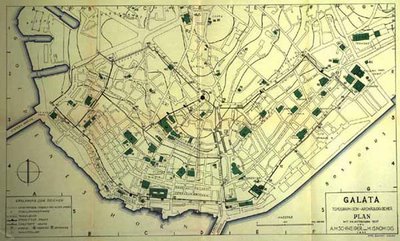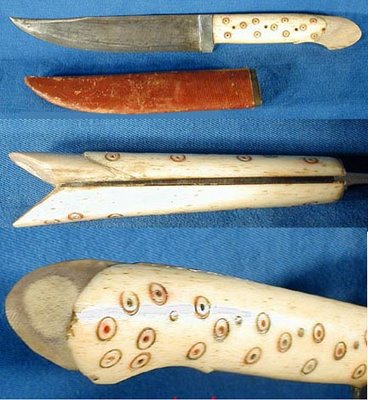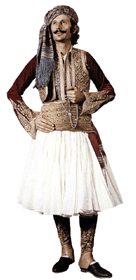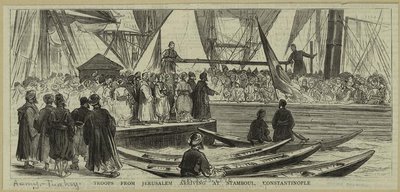
1944 | Nomidis and Schneider [1]| Archaeological and Topographical map of Galata
Early Istanbul hotels differed from the traditional han (caravanserai) and provided a bed instead of an empty room. Mostly operated by minority Christians and some other nationalities, the Galata hotels were the first to emerge due to the proximity of the port and they used western names to increase their appeal to foreigners. Some recorded names were Hotel de Marins (Sailors’ Hotel), Hotel de Voilier (Hotel of Sailboat) and Hotel de Marseille.
In 1874 Petri the Knife slashed his protector Lefteri Kaptan to death in Hotel de Marseille. He was about 17-18 years old. The hotel was described as a two story structure with two bed and three beds with a capacity of 24 guests. On the murder night the police recorded 58 inhabitants at the hotel.
Among them:
-a volunteer fire fighter (tulumbaci) Camur Salih of Uskudar (age 30)
-a volunteer fire fighter Ablasiguzel Mustafa (age 30)
-a navy private Yunus, (age 20)
-a ship record keeper of Hamburg and a young Greek kalopedi
-two Black Sea boatmen and a street prostitute
See: Ahmed Midhat Efendi’s novella “Durdane Hanim” has a colorful section where the heroine Ulviye cross dresses as a man and ends up in a Galata hotel with a Circassian man.
[1]Schneider-Nomidis, Galata = Schneider, A.M. - Nomidis, M.I., Galata, Estambul 1944.




















